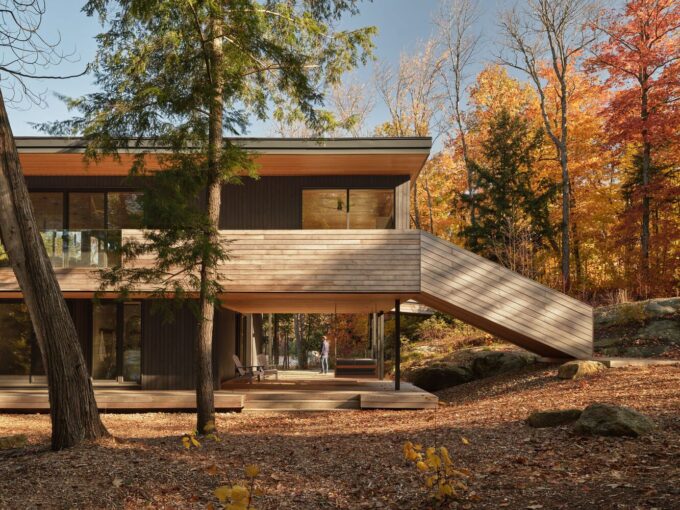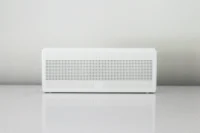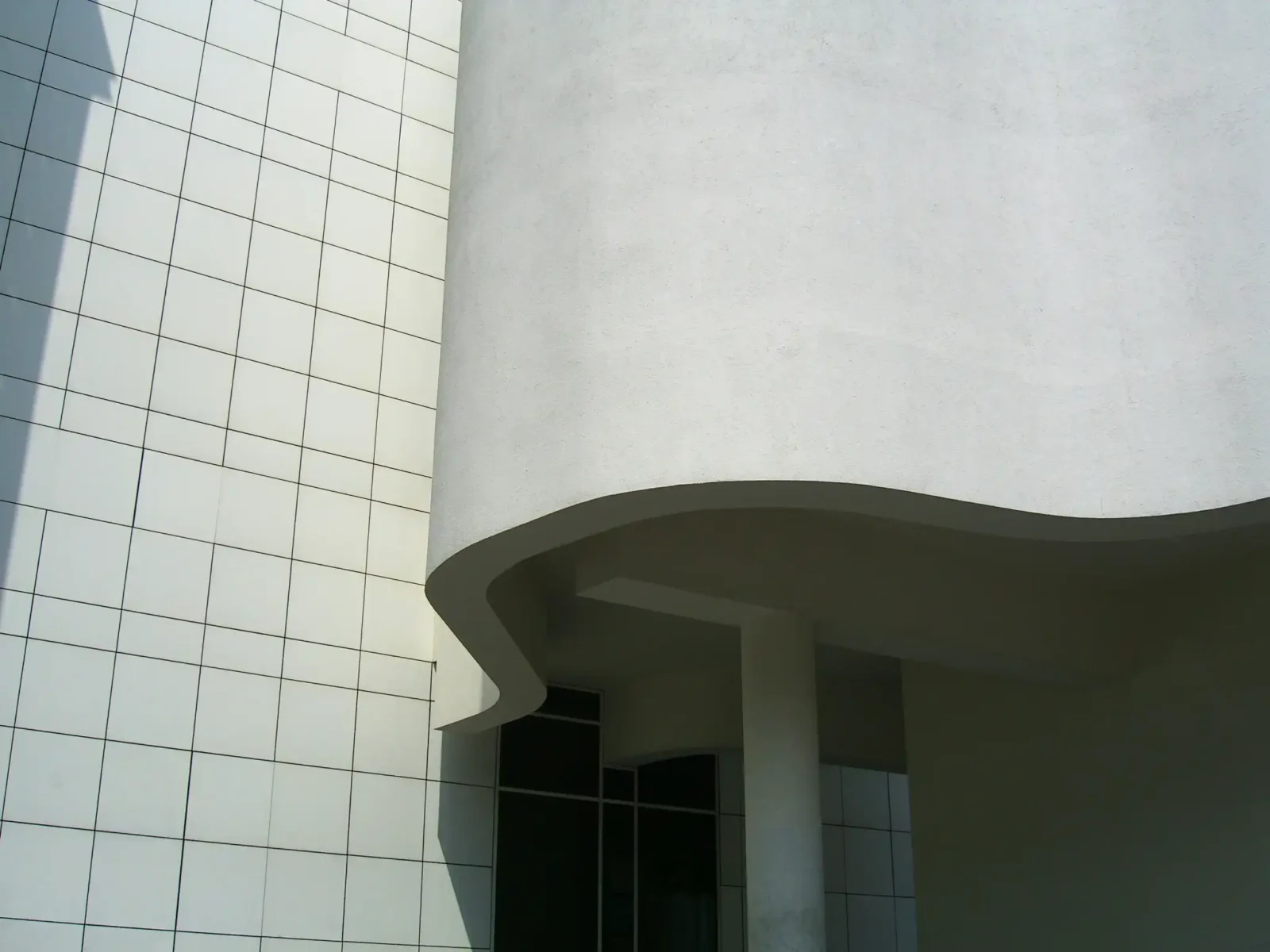- Home
- Articles
- Architectural Portfolio
- Architectral Presentation
- Inspirational Stories
- Architecture News
- Visualization
- BIM Industry
- Facade Design
- Parametric Design
- Career
- Landscape Architecture
- Construction
- Artificial Intelligence
- Sketching
- Design Softwares
- Diagrams
- Writing
- Architectural Tips
- Sustainability
- Courses
- Concept
- Technology
- History & Heritage
- Future of Architecture
- Guides & How-To
- Art & Culture
- Projects
- Interior Design
- Competitions
- Jobs
- Store
- Tools
- More
- Home
- Articles
- Architectural Portfolio
- Architectral Presentation
- Inspirational Stories
- Architecture News
- Visualization
- BIM Industry
- Facade Design
- Parametric Design
- Career
- Landscape Architecture
- Construction
- Artificial Intelligence
- Sketching
- Design Softwares
- Diagrams
- Writing
- Architectural Tips
- Sustainability
- Courses
- Concept
- Technology
- History & Heritage
- Future of Architecture
- Guides & How-To
- Art & Culture
- Projects
- Interior Design
- Competitions
- Jobs
- Store
- Tools
- More
6 HVAC Design Mistakes You Should Avoid in a Modern Home

When it comes to your home’s comfort, energy efficiency, and indoor air quality, most people tend to focus on the equipment: the furnace, the air conditioner, and the thermostat. But what often gets overlooked is the actual design of your HVAC system. This hidden factor can quietly make or break how well your home performs.
A properly designed HVAC system delivers consistent comfort from room to room while keeping your energy bills in check. On the other hand, poor design choices can lead to a range of problems, from high utility costs and uneven temperatures to frequent system breakdowns.
In fact, research from the National Institute of Standards and Technology (NIST) shows that design flaws like incorrect sizing, faulty ductwork, and bad vent placement can drive energy consumption up by more than 30%.
Whether you’re starting fresh with a new build or looking to improve an existing setup, understanding how HVAC design works and where most homeowners go wrong is one of the smartest steps you can take. In this guide, we’ll walk you through the most common design mistakes and how to avoid them, so your home feels just right every season.
Table of Contents
ToggleMistake #1: Incorrect HVAC System Sizing
Choosing the wrong-sized HVAC system is one of the most common and costly mistakes homeowners make. Think of it like wearing the wrong shoe size. It’s too small and it’s uncomfortable. Too big and it just doesn’t work the way it should.
If your HVAC system is too small, it will struggle to keep up with your home’s heating or cooling needs. That means it’ll run constantly, driving up your energy bills and putting unnecessary strain on key components like the blower motor. You’ll also likely experience uneven airflow and temperature imbalances in different rooms.
On the other hand, an oversized system isn’t any better. It may cool or heat your space quickly, but it shuts off too soon before it has time to properly dehumidify the air. The result? That uncomfortable cold-and-clammy feeling, increased wear and tear from frequent starts and stops (called short cycling), and a shorter system lifespan.
Most of these problems can be avoided with a professional load calculation, often referred to as a Manual J. This assessment takes into account key factors like:
- Your home’s square footage
- The type and placement of windows
- How well your home is insulated
- Your local climate
The bottom line? Don’t guess your HVAC size based on square footage alone. A properly sized system keeps your home comfortable, your energy bills lower, and your HVAC system running smoothly for years to come, added Technical Hot & Cold Parts, an HVAC parts seller.
Mistake #2: Poor Ductwork Design and Layout
Ductwork may be hidden behind walls and ceilings, but it plays a major role in how well your HVAC system performs. Think of your ducts as the highways for your heated or cooled air. If those highways are poorly designed, full of sharp turns, bottlenecks, or poorly insulated, your comfort drops, your energy bill climbs, and your system works harder than it should.

When ductwork is poorly planned or installed, you might face issues like:
- Restricted airflow from ducts that are too small
- Inefficient air delivery due to excessive bends and turns
- Energy waste from long duct runs or uninsulated sections
Just like undersized shoes, undersized ducts can squeeze your system. They increase what’s called static pressure, the resistance your system feels when pushing air through tight spaces. High static pressure causes uneven room temperatures, noisy airflow, and extra stress on your blower motor.
To avoid these issues, make sure your HVAC technician follows best practices like:
- Performing Manual D calculations to properly size and route ducts
- Minimizing sharp turns and long runs
- Insulating ducts in attics, basements, or crawlspaces
- Sealing all duct joints with mastic or foil tape (not regular duct tape)
And don’t forget about leaks; even a small gap can waste a significant amount of energy. Sealing up your ducts not only improves comfort but also saves money month after month.
Bottom line: Well-designed ductwork means better airflow, fewer hot or cold spots, and a more efficient HVAC system that lasts longer. Don’t let it be an afterthought.
Mistake #3: Ignoring Vent and Return Placement
Imagine trying to breathe through a straw while running a marathon. That’s what your HVAC system experiences when vent placement and air return design are poorly executed. While many homeowners focus on the thermostat or the AC unit itself, supply and return vents are just as important. These components control how air moves in and out of each room, and when they’re incorrectly placed or missing altogether, your entire system can underperform.
Bad vent placement can lead to hot and cold spots throughout your home, poor air circulation (especially in rooms with closed doors), increased energy consumption, and even unbalanced air pressure that causes doors to slam or feel drafty. For example, if a room doesn’t have a return vent, the air becomes stuffy and circulation suffers. If a supply vent is blocked by furniture, the airflow is wasted, and if the return vent is too small, it can create negative pressure that disrupts the balance of your home’s air system.
One common mistake people make is closing supply vents to “save energy.” In reality, that strategy backfires, blocking vents raises static pressure in the system, strains the blower motor, and disrupts the overall airflow.
Instead, it’s essential to ensure every major room has a return vent or at least a clear path to one, keep supply vents unobstructed by furniture or curtains, and confirm return vents are appropriately sized for your system’s capacity. In rooms where doors are frequently closed, installing transfer grilles or jump ducts can help maintain air movement.
Proper vent and return placement isn’t just a technical detail; it’s critical for consistent comfort, efficient performance, and the longevity of your HVAC system. If your HVAC can’t breathe, neither can your home. Give those vents the attention they deserve; your comfort and utility bill will thank you.
Mistake #4: Overlooking Smart Thermostat Integration and Placement
Your thermostat might be small, but it’s the command center of your entire HVAC system. When it’s installed incorrectly or placed in the wrong spot, it can throw off your system’s performance, leading to discomfort, inefficiency, and rising energy bills. A common mistake many homeowners make is installing a new HVAC system and casually placing the thermostat on the nearest available wall, but thermostat placement is far more important than most people realize.
Poor placement, such as near windows, air vents, or exterior walls, can cause the thermostat to receive inaccurate temperature readings. Direct sunlight or being hidden behind furniture can also trick it into sensing the wrong room condition.
As a result, your HVAC system ends up turning on or off at the wrong times, working harder than necessary, and creating uneven temperatures throughout your home. The best location for a thermostat is typically on an interior wall, roughly five feet off the ground, away from kitchens, windows, or any direct airflow, and placed in a spot that best reflects your home’s overall temperature.
Beyond placement, thermostat technology also plays a huge role in comfort and efficiency. If you’re still using an outdated manual or dial thermostat, upgrading to a smart thermostat could be a game-changer. While traditional thermostats require constant manual adjustment and offer basic temperature control, smart thermostats can learn your schedule, allow for zoning control, and be operated remotely through apps.
They even provide detailed energy usage insights and can integrate with smart home systems, offering automation, voice control, and adjustments based on real-time weather conditions.
Mistake #5: Skipping Insulation and Duct Sealing
Think of your HVAC system like a high-performance sports car. Now imagine trying to hit top speed with the windows down and holes in the tires. That’s essentially what happens when duct insulation and sealing are ignored, you end up leaking both comfort and money.
Even the most advanced HVAC system can’t do its job properly if the air ducts are poorly insulated or riddled with gaps. When these ducts run through unconditioned spaces like attics, basements, or crawlspaces, a significant amount of heated or cooled air is lost before it ever reaches the rooms in your home.
This leads to higher energy bills, uneven temperatures from room to room, and unnecessary strain on your HVAC system, which can shorten its lifespan. What’s worse, those small leaks in the ductwork don’t just let air out; they let unwanted things in. Dust, allergens, and moisture can get pulled into your duct system, reducing your indoor air quality and forcing your system to work even harder to maintain comfort.
Fortunately, solving this doesn’t require a full overhaul. Adding proper duct insulation using wrap or rigid foam boards helps maintain air temperature from the source to your vents. Sealing up joints and connections with mastic sealant or professional-grade foil tape (not the regular duct tape) prevents air from escaping. If you’re unsure where the leaks are, a professional duct leakage test can help pinpoint the problem.
Homeowners working with HVAC Fayetteville, NC specialists often see improved efficiency just by addressing duct sealing and insulation, a small change that can have a noticeable impact.
Taking care of this may not seem urgent, but it’s one of the simplest ways to help your HVAC system perform at its best and keep your home consistently comfortable.
Mistake #6: Neglecting Regular Maintenance and Filter Changes
If there’s one thing most homeowners overlook, it’s HVAC maintenance. But neglecting your system is like never taking your car in for an oil change, yet expecting it to run like new. Just like any machine, your HVAC system needs regular attention to perform efficiently and reliably.
A big part of that is replacing your air filters. Those dusty little panels play a major role in airflow, indoor air quality, and even your energy bills. When you skip routine maintenance, clogged filters block airflow and put extra strain on your blower motor.
Dirty coils reduce efficiency and can lead to breakdowns. Small problems like refrigerant leaks or loose electrical connections often go unnoticed until they become major repairs. Worse, ignoring maintenance can even void your system’s warranty.

So what does good HVAC care look like? At the very least, replace your air filters every one to three months. Schedule professional tune-ups twice a year, once before the cooling season and once before the heating season. Keep the area around your outdoor unit clear of leaves, grass, or debris. Inside the home, clean your vents and registers regularly, and listen for unusual sounds that could point to issues like duct leaks or loose components.
If you enjoy DIY projects, there are a few tasks you can handle yourself. But for anything more complex than changing a filter, it’s best to call a qualified technician. A pro can spot early signs of trouble, keep your system running at peak performance, and help you avoid expensive breakdowns down the road.
Many HVAC companies offer maintenance plans that include scheduled visits, discounts on repairs, and peace of mind knowing your system is being looked after. It’s a small investment that can pay off in a big way, keeping your home comfortable year-round and your HVAC system in great shape for years to come.
Conclusion
Your HVAC system is one of the most valuable investments in your home. But even the most advanced equipment can’t make up for poor design. Small mistakes like placing vents in the wrong spot, skipping insulation, or choosing the wrong system size can quietly drive up your energy bills, create uneven temperatures, and wear down your system long before its time.
The truth is, most HVAC problems don’t start with the equipment. They begin with the way it’s set up. If your ductwork is cramped or the airflow is unbalanced, your system has to work harder to keep you comfortable.
If your thermostat is outdated or placed poorly, it can send the wrong signals and cycle the system at all the wrong times. And if you’re not sealing ducts or keeping up with basic maintenance, you’re leaving money and comfort on the table.
The good news? All of these issues are preventable. Whether you’re building a new home or updating an old one, a smart design paired with routine maintenance can give you steady comfort, cleaner air, and lower energy costs. It also helps extend the life of your HVAC system, so you get more value from your investment.
If it all feels like a lot to figure out, don’t worry. A trusted HVAC professional can guide you through every step. And once your system is dialed in, you’ll wonder how you ever lived without it.
Design smart. Maintain often. Live comfortably. It really is that simple.
illustrarch is your daily dose of architecture. Leading community designed for all lovers of illustration and #drawing.
Submit your architectural projects
Follow these steps for submission your project. Submission FormLatest Posts
The Ultimate Guide to Fencing in North Dakota: Choosing the Best Fence for Your Property
Watching a chain link fence twist in 70 mph winds near Minot...
Gaudí: Where Architecture Meets Science
Gaudí: Where Architecture Meets Science shows catenary arches, ruled surfaces, and biomimicry...
How Housing Market Forces Shape Architectural Design Today
Architecture never exists in isolation. Buildings rise from a mix of ambition,...
Why Portable Formaldehyde Gas Detectors Matter on Construction Sites
As construction practices shift toward more enclosed and material-intensive environments, the risk...












Leave a comment